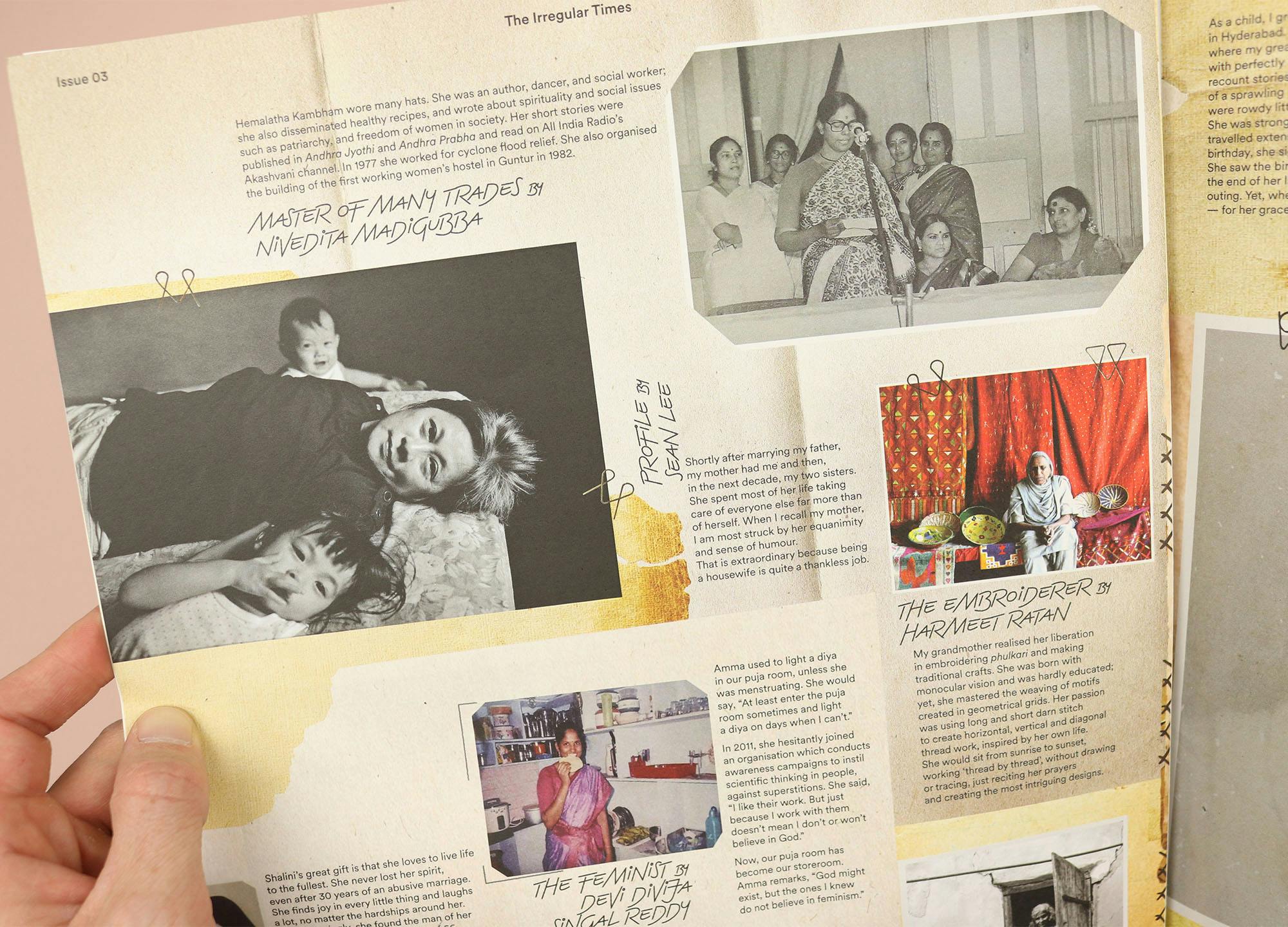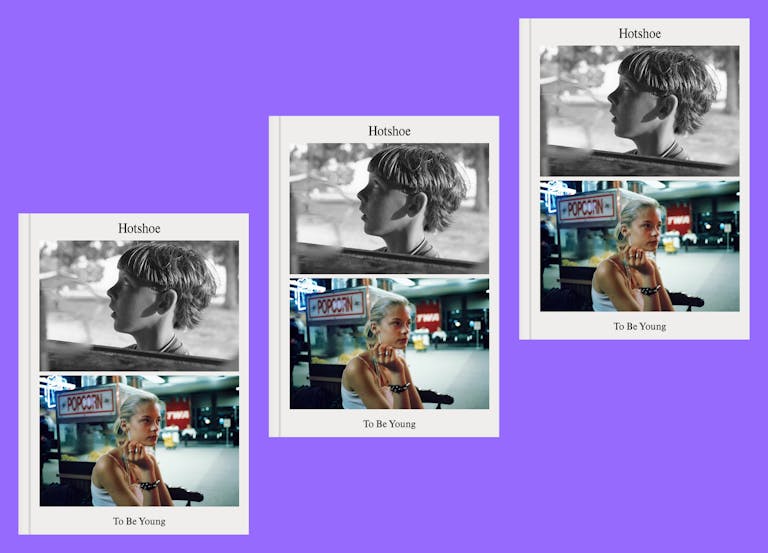Irregularities from India
Billing itself as ‘India’s First Art and Design Newspaper’, The Irregular Times caught my eye recently with the bold and provocative cover of its third issue. Ana Benaroya’s nude makes for a muscular and uncompromising opening statement, along with the single cover line ‘tit’ (acronym for The Irregular Times, of course), and the confident assurance that this magazine is a collector’s item. I wanted to see more.
On the inside front cover the note from the editors explains that this issue, “centres narratives by womxn, about womxn – for everyone”, and makes it clear that it’s not just about the creative people whose voices are generally heard: “TIT is an ode to the countless, faceless womxn who make art at home, with their children, who cook for their husbands, partners, and families, whose labour goes unnoticed, and unrecognised. It is an ode to the artists in our community who push against the grain and challenge the boundaries of art making.”
It’s a strong start, followed by a manifesto that feels strident and disruptive. I love a manifesto in a magazine, and this one wants, “to bring down social structures that enslave womxn, our values, our emotions, and our needs. We are not to be kept in place.”

In reality I think the magazine pulls its punches a little more than that, and the manifesto’s headline statement of, “the personal is political” makes for a better encapsulation of its tone and concerns. The lead story with Afghan artist Zuhra Hilal, for example, focuses on her experiences as an immigrant, her relationship with her body hair, and how that has fed into her work. It’s an interesting interview, particularly when she’s asked how the cultural history of Afghanistan has impacted her work:
“In a white-dominated space, you’re always being slotted into categories and portrayed as an ‘exotic’ artist who has been ‘given this big opportunity’. While what should be important is whether your art is good or not. If you are a person of colour in the West, your work doesn’t get shown in places where it should be. It’s always linked to the idea of an immigrant’s orientalist touch.”
That sentiment is sometimes heard in western media, but I found it particularly powerful in this context, where the assumed identity of the reader is a non-white person. It was that shift of perspective, along with the magazine’s extremely international line up, that makes The Irregular Times feel so distinctive. For example Ulla Deventer’s Butterflies are a Sign of a Good Thing features photographs of sex workers in Accra, Antwerp, Athens, Brussels and Paris, and details the difficulties of their lives, as well as their passions and aspirations. A German artist, in an Indian magazine, showing work that features women from across Africa and Europe, it feels both geographically and culturally free.
There is a strong Indian identity to the magazine, but it is constantly shifting and being renegotiated, rather than settling into didactic terms. So for example there’s an interview with Swiss-Tamil singer-songwriter Priya Ragu, which emphasises the many cultural influences on her work, while Anshika Varma turns to her family archives to present a history of the women who shaped her, focusing on their crafts, their travels, and the different ages they lived through.
Passionate and playful, The Irregular Times sets out an original and compelling picture of the world as seen from India, and I’m really looking forward to seeing what they will turn their attention to next.





















